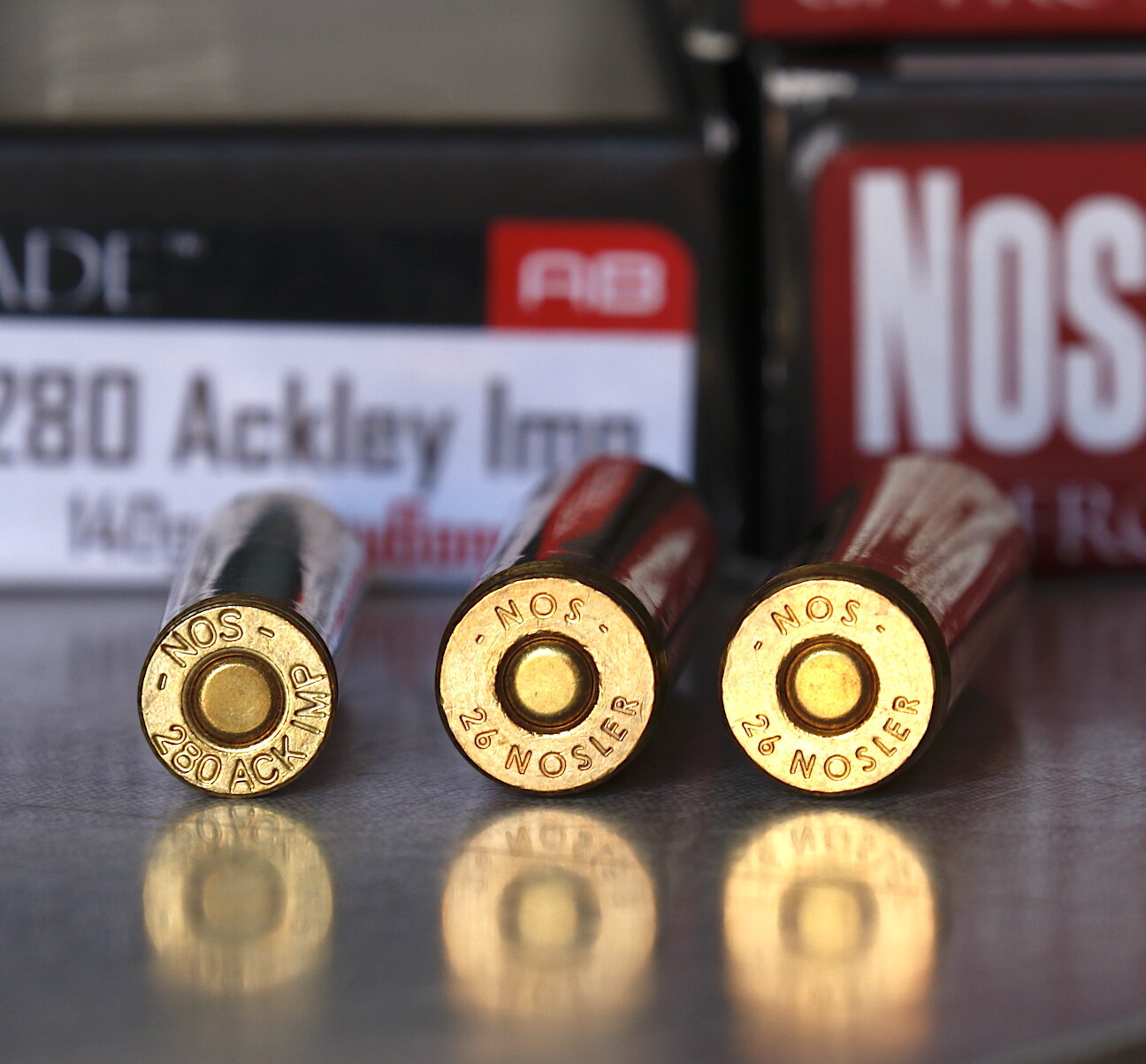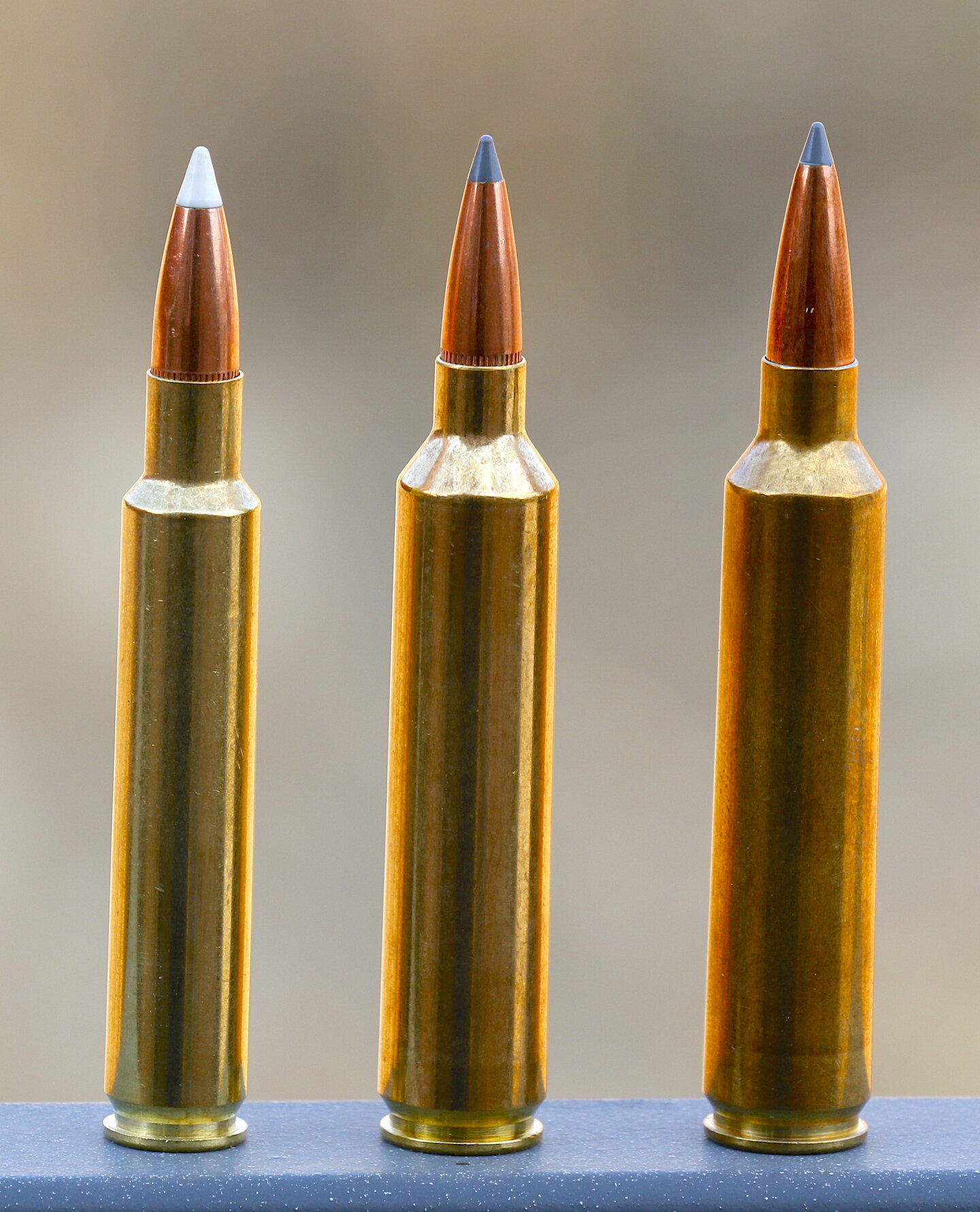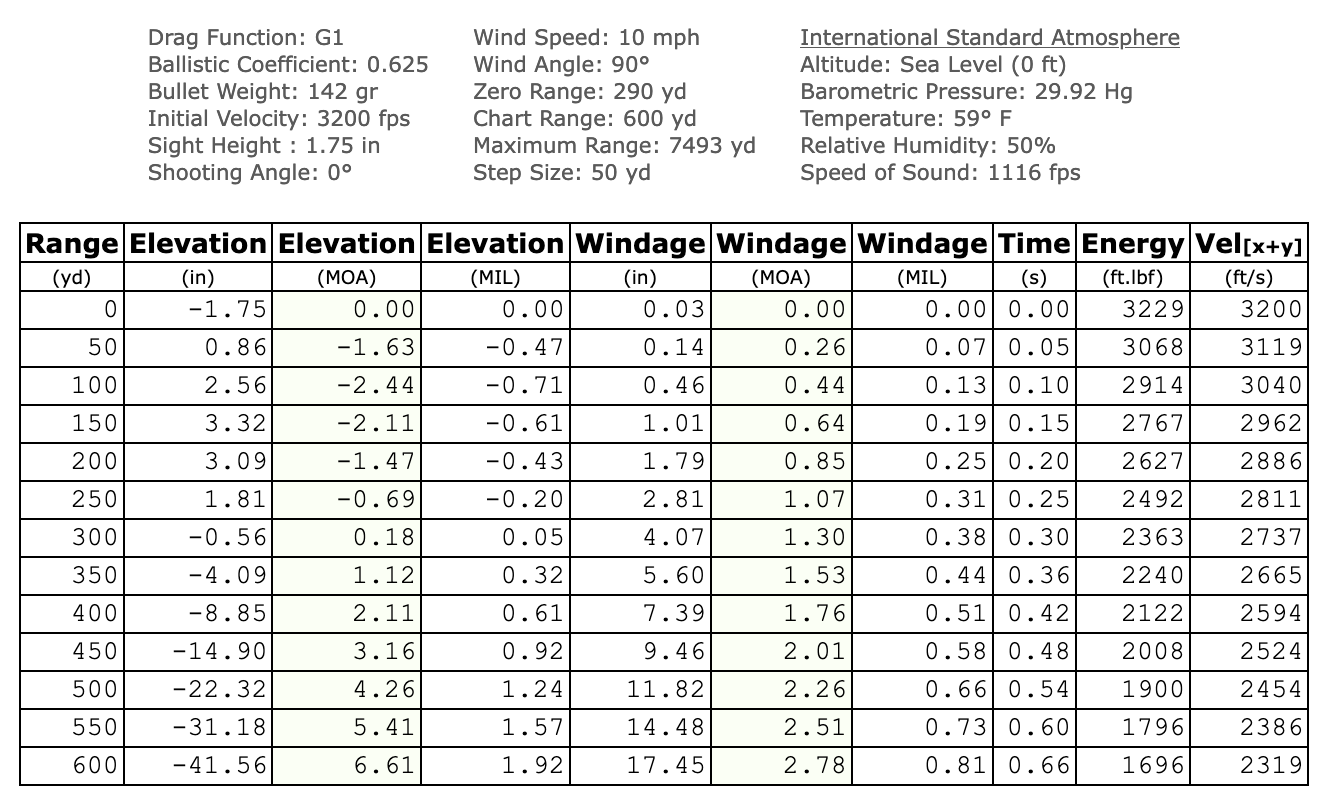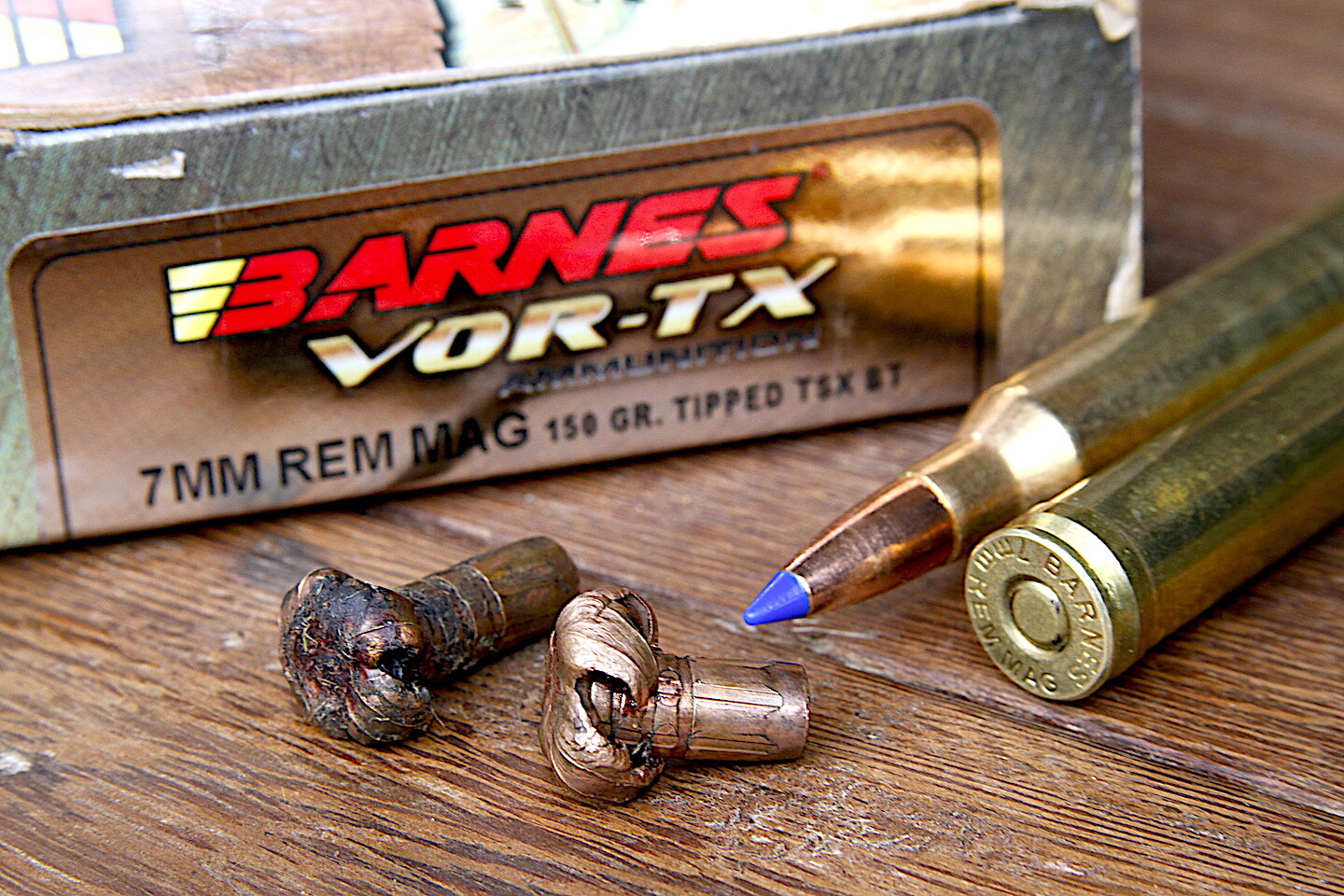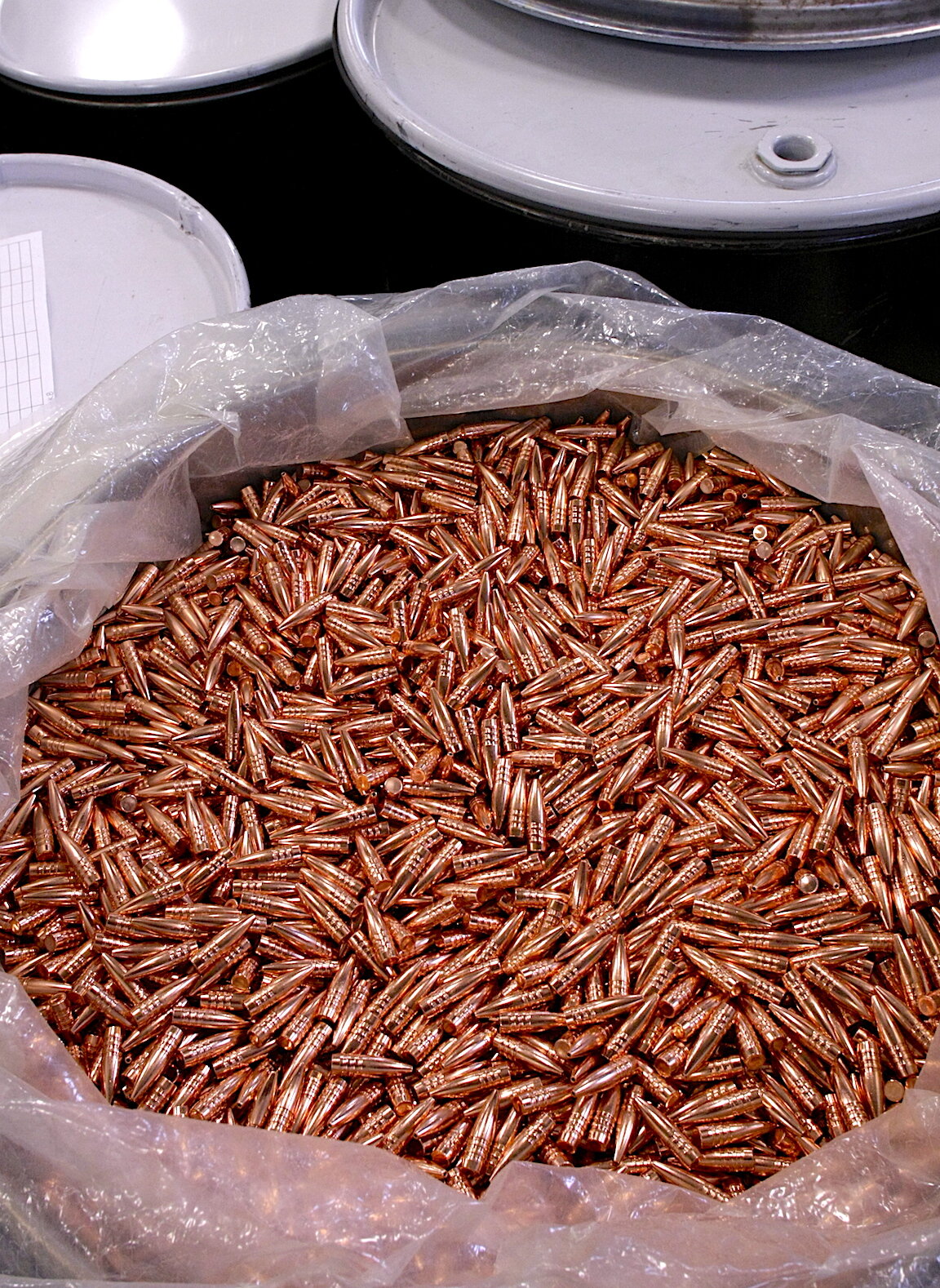280 AI, 26 Nosler, 28 Nosler Best?
The 280 AI, 26 Nosler, 28 Nosler. A reader recently asked which was best for hunting. Let's dive into the deep end of this pool and figure it out. The answer might surprise you.
Hi Ron
I have a question concerning 3 cartridges. 26 Nosler, 28 Nosler and the 280Ai. Recoil aside what is the best for medium to large sized game?
Photo shows 280 AI, 26 Nosler, 28 Nosler cartridges.
280 AI, 26 Nosler, 28 Nosler line up.
Kade,
The 280 AI, 26 Nosler, 28 Nosler? Heck, no game animal is walking away from a solid hit in the vitals from ANY of these. Choosing among them comes down to how much reach and punch you want versus how much recoil you'll tolerate. None are especially brutal kickers, but the one with the most powder and heaviest bullet will generate the most kick and downrange energy.
So, the 280 AI with case capacity of around 65-grains water (varies by bullet seating depth) would generate the least muzzle energy and the least recoil. The 26 Nosler (H2O capacity 93-grains) would be next in line, and then the 28 Nosler with similar H2O capacity as the 26 Nosler, but the option to drive heavier bullets. Of course the bigger recoil contributor is bullet mass. Push a 175-grain 2,800 fps in the 280 AI and it'll recoil 14 fps with 24 foot-pounds of energy in an 8-pound rifle. Sticking with the 8-pound rifle, the 26 Nosler pushing a 142-grain bullet 3,200 fps will recoil 16 fps with nearly 32 f-p energy. The 28 Nosler adds considerable powder, thus energy, to push the same 175-grain bullet as the 280 AI. This nudges MV (muzzle velocity) to 3,200 fps and increases recoil velocity to almost 18 fps and energy to nearly 40 f-p. But if you shot a 142-grain .284 bullet in the 28 Nosler, it's recoil would match that of the 26 Nosler pushing that bullet weight.
280 Ackley Improved Ballistic Table
Image is a ballistic charts showing bullet drop, wind deflection, tiem of flight, energy, and velocity at ranges out to 200 yards for the 280 AI.
Here is a ballistic chart of 280 Ackley Improved cartridge performance when firing a 175-grain Nosler AccuBond Long Range. The three Elevation columns show drop in inches, Minutes of Angle, and Milradians. The three Windage columns do the same with deflection. Note that the 290-yard zero puts mid-range trajectory a bit higher (4.6" at 150-yards) than is ideal for deer-sized game, but for consistency I wanted to maintain the same zero range for all three cartridges we're comparing.
26 Nosler Ballistic Table
280 AI 26 NOsler or 28 Nosler can be judged by comparing this ballistic table for the 26 NOsler with the other two in this blog.
This is the ballistic chart for the 26 Nosler. Notice how its much faster muzzle velocity enables it to shoot flatter. The 290-yard zero still holds 150-yard peak trajectory to under 4 inches. This makes for a superb Maximum Point Blank Range set up. You can read about the benefits of MPBR zeroing
.
28 Nosler Ballistic Table
Ballistic chart of 28 Nosler.
And here is the trajectory table for the 28 Nosler, the fastest, flattest shooting, wind defying member of this triumvirate. This clearly shows how higher muzzle velocity and bullet B.C. minimize drop and wind deflection.
Terminal Performance Considered
Of more interest to you, Kale, seems to be terminal performance on game. Wise choice! As stated above, the right bullet in the right place makes all these cartridges more than adequate, but of course the 28s have increased versatility because they can throw bullets as heavy as 180-grains while the 26 is limited to about 150-grains (with a few old fashioned 160-gr. round nose bullets available for handloading.) In any caliber, heavier bullets are useful for increasing penetration and energy, but harder bullets (like Barnes TTSX) can modify that considerably. Typically a Barnes TTSX one or two steps down in weight from an equal cup-and-core, lead-filled bullet will penetrate as well or better. I rank a 165-grain Barnes TTSX with a 180-grain Partition for penetration. Various bonded and hybrid bullets with lead or titanium shanks behind hollow copper or bonded lead noses can penetrate as well as the Barnes, too. Think Swift A-Frame, Federal Trophy Bonded Bear Claw and Terminal Ascent, etc.
Image shows recovered Barnes TTSX monolithic bullets, illustrating how this can contribute to deeper penetration in the 280 AI, 26 Nosler, 28 Nosler.
A monolithic bullet like the copper, hollow-nosed Barnes TTSX that retains most of it's mass upon impact will penetrate farther than a bullet that loses mass due to fragmentation, lead, erosion, or jacket separation.
It's All About the Bullet, Baby
Think long and hard about bullets. They contribute much more to terminal performance than do case volume, shape, or name. We hunters tend to fixate on rifles and "calibers," (meaning cartridges) as if they make a big difference. They really don't. At some distance even the 28 Nosler is going as slow as the 7x57mm Mauser, at which point -- if they're pushing the same bullet -- impact performance would be identical.
Bullets, baby, bullets. Terminal performance and ballistic performance are mainly products of the bullet. This is a barrel of Barnes TSX bullets at the manufacturing plant.
As for kinetic energy, all have more than enough. Again, the bullets will modify this quite a bit. Those that are blunt and squat with low B.C. ratings lose much energy to drag. Still, out to 500 yards all spire points from these cartridges should retain well over 1,500 f-p energy. An aerodynamically efficient, high B.C. bullet like the Nosler Accubond Long Range (B.C. .648 in the 175-grain .284 platform, .625 in the 142-grain .264 caliber) will keep more than 1,500 f-p to 600 yards.
Forget the Punch; This Isn't a Party
Terminal performance is more about placement, expansion, and penetration (to maximize tissue destruction) than punch or power. I fear too many of us assume bullets are like the fists of a heavyweight boxer. The larger the fist and the more energy it packs, the better the odds for hurting the opponent. But bullets don't really work that way. As most of us have seen in countless videos of deer and elk being struck by bullets, animals as lightly framed as a 200-pound whitetail can absorb 3,000 to 4,000 f-p energy from magnum cartridges and run off. It's hard to imagine, yet I've seen it many times. And I bet you have, too. They take solid lung/heart strikes and run as if stung by a 223 Remington. Then, after 3 to 10 seconds, they wobble and tip over.
Image shows hunters with whitetail buck that absorbed two 300 Win. Mag. bullets to the chest without falling over.
This whitetail buck took two 150-grain 300 Winchester Magnum slugs to the chest from less than 60 yards without falling over. And he already had one broken leg. Each bullet was packing about 3,000 f-p of energy. So much for punch making a big impression.
This is classic response to a bullet strike whether .22 or .30. Unless the projectile strikes on or near the central nervous system (spinal column, brain,) the animal remains functional because the cardio-pulmonary system is not required for immediate control. It is, however, critical for powering the control unit -- the brain. It sends the brain the oxygen it requires. But the brain can function without fresh blood/oxygen for several seconds. And animals can run a long way in seconds.
Oxygen Starvation Via Blood Loss Does the Trick
Most often bullets kill by hemorrhaging. The more arteries and blood vessels opened, the faster blood is drained from the animal's cardiopulmonary system and the faster its loses consciousness. That's when it starts wobbling or running erratically. Brain cells become oxygen starved and stop doing their job. Clinically, about 10 minutes after oxygen depletion, brain cells die. But the animal is "out of it" when blood pressure drops to a minimum functioning level.
Photo shows bull moose dropped with a 280 AI cartridge.
Shades of yesteryear. The 150-grain Barnes X from this 280 AI
wasn't going to knock this big AK moose down, but it easily caused sufficient hemorrhaging to drop the 1,000-pound deer.
secured the
to the 5-pound rifle. This rig has accounted for whitetails, mule deer, elk, Dall's sheep and more. The 280 AI is one to "ride the river with." Waugh!
All of this is quite clinical, some might say morbid, but that's reality. And it informs us that our fascination with bullet power is largely a waste of time. Knockdown power, Taylor knockout formulas, etc. are interesting, but hardly science.
280 AI, 26 Nosler, 28 Nosler Matter Less Than the Bullet
Yes, to a degree wider bullets, heavier bullets, and faster bullets are a safer bet for clean kills than are narrower, lighter, slower bullets. But emphasizing punch over placement -- or expecting a bigger thump to compensate for poor placement -- is not a winning formula. Choose your cartridge based on exterior ballistic performance parameters like drop, wind deflection, and energy retention. Choose your rifle based on handling characteristics and performance (weight, length, balance, cycling, precision.) Choose your bullet based on its terminal performance design plus your target animal (large or small, thick hided and heavily muscled or slight.) And support all of that with extensive training and practice so you can do your part in delivering your bullets to your targets.
Photo shows 280 AI cartridges loaded wtih Nosler AccuBond and Barnes TSX bullets, the real key to hunting performance.
Worry less about the cartridge and more about the bullet. Here are 280 AIs loaded with Nosler Accubonds and Barnes TSX, two solid options for big game.
Aim small. Miss small. A fast, flat-shooting cartridge/bullet that minimizes wind deflection can help you do that. Whether you choose 280 AI, 26 Nosler, 28 Nosler, here's wishing you the best of luck, Kade. Hunt honest and shoot straight.
Ron Spomer tried dozens of combinations of rifles, cartridges, and bullets en route to discovering the bullet and it's placement are more important than caliber, bullet mass, or terminal energy. You can join the Ron Spomer Outdoors community on Patreon. Just download the app and search Ron Spomer Outdoors.


